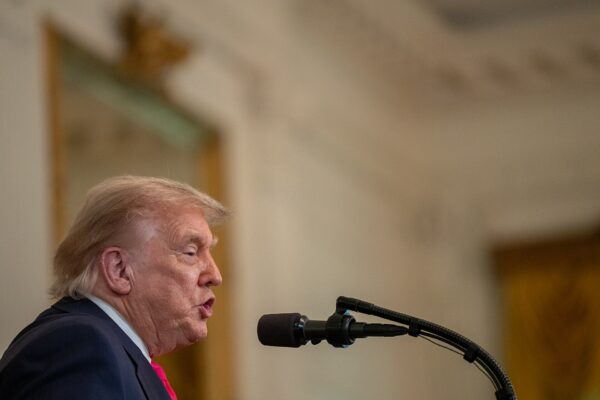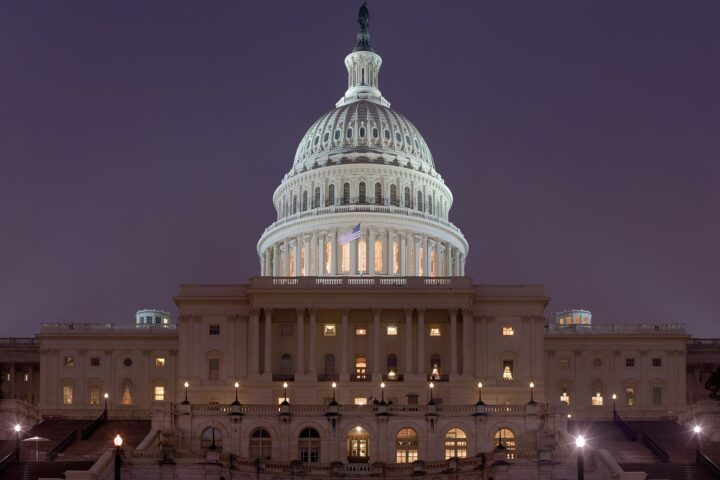President Donald J. Trump reportedly escalated tensions with Canada this week by threatening a 35 percent tariff on Canadian imports, citing concerns over fentanyl trafficking and persistent trade deficits.
In a letter to Canadian Prime Minister Mark Carney, Trump set an Aug. 1 deadline for implementation unless Canada takes swift action to curb the flow of the potent opioid family across the northern border.
Trump argued that Canada’s efforts have been inadequate, justifying both the tariff hike—from the existing 25 percent rate—and the broadening of its scope.
“If Canada works with me to stop the flow of fentanyl, we will, perhaps, consider an adjustment,” the letter states, signaling his willingness to reverse course if cooperation improves.
Despite the aggressive posture, White House officials clarified that goods covered by the U.S.–Mexico–Canada Agreement (USMCA) may be spared this time, though goods routed via third countries could still incur the new duties.
Canada has responded defensively. Prime Minister Carney reaffirmed Canada’s commitment to tackling the opioid crisis and committed to continued trade talks aimed at resolving outstanding issues.
Ahead of the U.S. announcement, Canada had already revoked a digital-services tax on American technology firms, a move that helped smooth relations. Still, Carney signaled a firm stance in negotiations—suggesting Canada remains unwilling to bow to punitive tariffs.
Market reactions were swift. U.S. stock futures declined and Treasury yields ticked higher, reflecting investor concerns that widespread U.S. protectionism could shore up inflation and unsettle global trade.
Analysts cautioned that Trump’s tariff warning fits his broader “liberation day” tariff strategy, which also includes similar threats to other nations, including Brazil and the European Union.
For Canada, the potential impact would be profound. The United States is Canada’s largest trading partner—moving nearly $800 billion worth of goods in 2024.
A sharp increase in duties could threaten sectors ranging from dairy to automotive components, amplifying the risk of economic retaliation and trade disruption.
Critics argue that the link between fentanyl seizures and Canada is weak: Canadian law enforcement accounts for only a fraction of the opioid flow into the United States.
The majority originates from Mexico, prompting questions about the efficacy of a northern-focused tariff strategy.
Still, Trump underscored his political case: that addressing the opioid crisis demands tougher border enforcement and economic pressure. “We’re going to tell them: It’s either work with us—or the tariffs start,” he said.
As bilateral negotiations continue, the trajectory of Canada-U.S. relations hangs in the balance, with both sides navigating a delicate path between public health goals and economic partnerships.
[READ MORE: Networks Silent After Attack on ICE Agents in Texas Raises Concerns Over Media Coverage]








